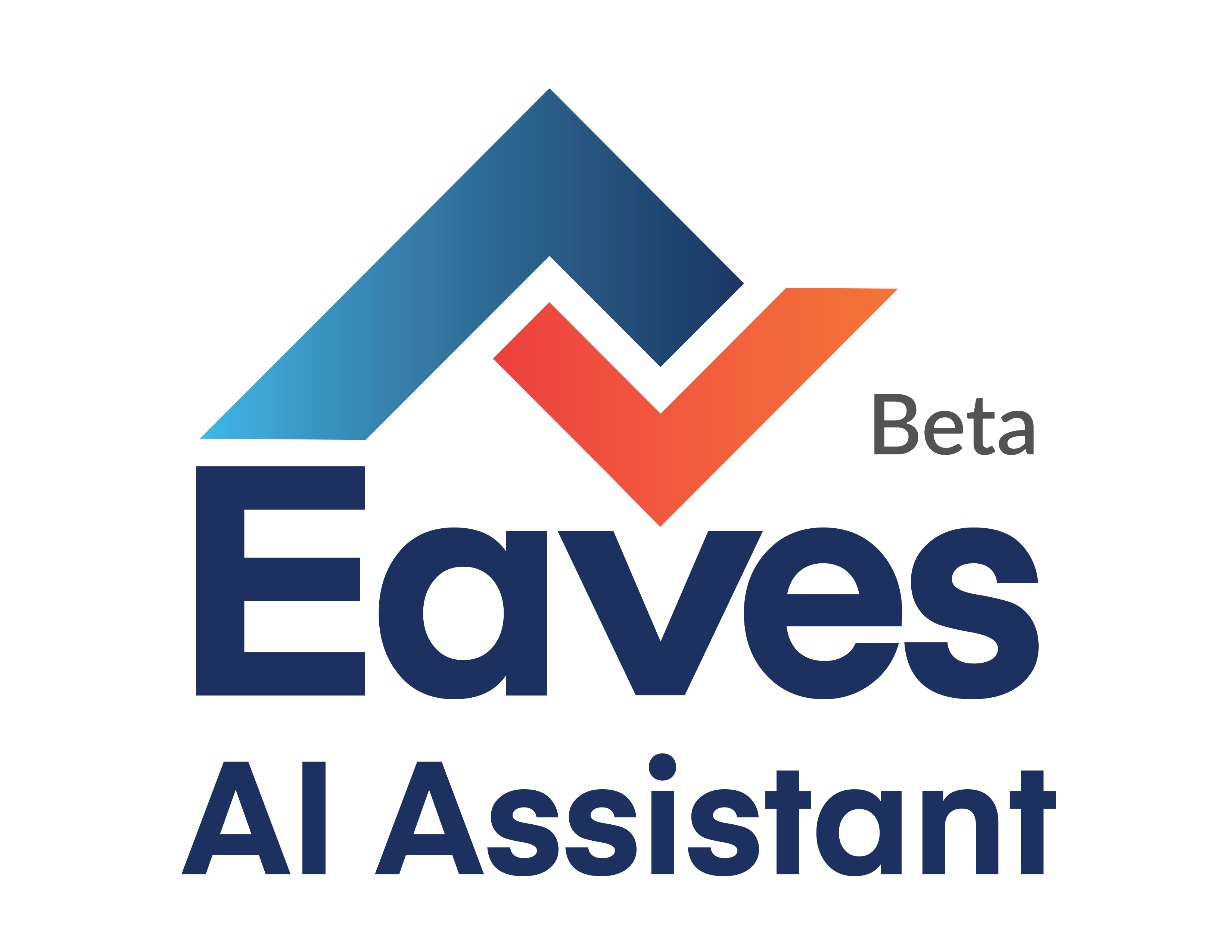Meet Eaves, ASCE Publications' AI Assistant
Revolutionizing how engineers work with ASCE Standards

Trained on ASCE AMPLIFY, ASCE’s trusted digital publications platform, Eaves delivers fast, reliable, and context-aware insights across a wide range of engineering challenges. Enjoy unlimited prompts and full-length responses during the beta period.
Learn More!